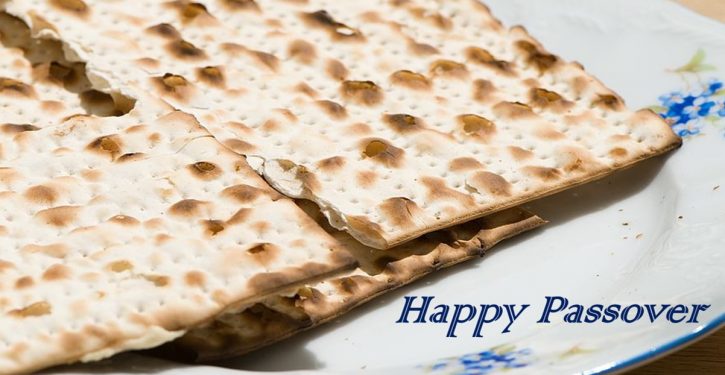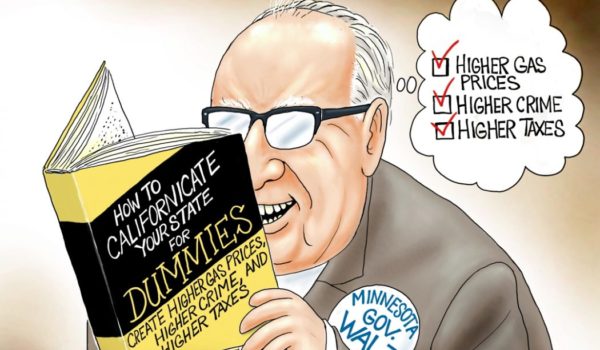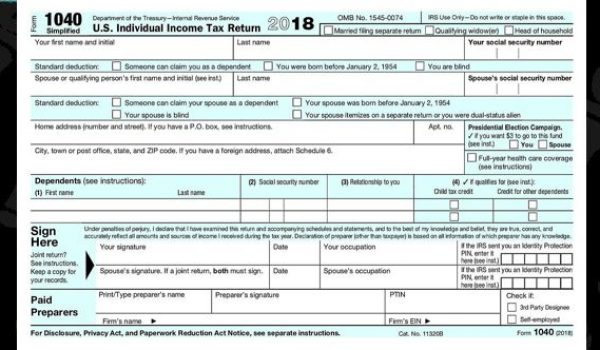
Thanks for joining today’s study, examining the connections between the Jewish Passover, Jesus, and the Last Supper. We begin with my personal experience raised in a Jewish but non-religious home.
My parents celebrated their Jewish heritage with a Passover seder. Uncle Sam, my mother’s brother-in-law, was the most devout and always read from the Haggadah —the Passover seder narration of the Exodus Bible story explaining the symbolism of the seder meal.
Here are my childhood/teenage Passover seder memories:
We used the “good china” and polished Grandma Kahn’s silverware. My mother Gloria and I wore new dresses to sit in the holiday’s-only dining room. My father interrupted Uncle Sam’s Haggadah reading to say, “enough already, let’s eat.” Uncle Sam hid a napkin with “matzos” — unleavened bread synonymous with Passover — and the finder won fifty cents. Gloria bribed me to play the piano. I dreaded a week of school lunches since my usual baloney between slices of Arnold bread was temporarily relocated between two pieces of matzos that my mother called “muttzy bread,” and I called “cardboard.”
Here is the total sum of what I knew about why we gathered:
Jewish baby boys were saved from death because parents put lamb’s blood on their doors for God to pass over on His way to killing Egyptian baby boys sleeping behind bloodless doors. Then, led by Moses, the Jewish people quickly left Egypt with no time for their bread to rise (that explained my wretched baloney on “muttzy.”) The Red Sea miraculously opened, and our ancestors escaped slavery in Egypt. Our happy annual celebration ended when everyone toasted “next year in Jerusalem” — with Passover wine so horrid tasting, no wonder my parents didn’t drink.
Here is what I learned after accepting Jesus as the Jewish Messiah and started regularly attending church and Bible study:
Jesus entered Jerusalem on a Sunday, known as Palm Sunday (Matthew 21:9-11).
Then, Jesus celebrated Passover on Thursday, approximately 1476 years after the original “pass over” (Mark 14:12-26).
The “Last Supper” was a Passover seder attended by Jesus’s 12 Jewish apostles. During the seder: “He [Jesus] took bread, gave thanks and broke it, and gave it to them, saying, ‘This is my body given for you; do this in remembrance of me.’ In the same way, after the supper he took the cup, saying, ‘This cup is the new covenant in my blood, which is poured out for you’” (Luke 22:19-20).
During the seder, Judas left to betray Jesus (Luke 22:3-6).
Unfortunately, the vast majority of my people are unaware of these biblical events. Even fewer know about an amazing set of “coincidences” recorded in two Exodus passages. The first passage was spoken by Moses as he conveyed God’s detailed directives to His people:
” ‘When the Lord goes through the land to strike down the Egyptians, he will see the blood on the top and sides of the doorframe and will pass over that doorway, and he will not permit the destroyer to enter your houses and strike you down’ ” (Exodus 12:23).
Consider the placement of “blood on the top and sides of the doorframe.” Why was God so specific? He could have ordered the blood be applied to the door with no special pattern. Do those triangle points symbolize the head and outstretched arms of Jesus on the cross?
Second, God instructed His people where to obtain the blood to be applied on the doorframes that He would pass over:
” ‘Your lamb shall be without blemish, a male of the first year. You may take it from the sheep or from the goats’ ” (Exodus 12:5).
Switching to the New Testament, when John the Baptist first saw Jesus, John immediately knew who Jesus was and called out His mission, proclaiming: “ ‘Behold! The Lamb of God who takes away the sin of the world!’ ” (John:1:29).
Moreover, elaborating upon the words of John the Baptist, the apostle Peter wrote:
“For you know that it was not with perishable things such as silver or gold that you were redeemed from the empty way of life handed down to you from your ancestors, but with the precious blood of Christ, a lamb without blemish or defect” (1 Peter 18-19).
And, with references to matzos, the sacrificed Passover lamb, and transformative power of Jesus, St. Paul wrote:
“Get rid of the old yeast, so that you may be a new unleavened batch—as you really are. For Christ, our Passover lamb, has been sacrificed” (1 Corinthians 5:7).
Before I knew Jesus, I was ignorant about the total meaning of Passover. Celebrating a miraculous series of events that freed the ancient Jewish people from slavery is only part one of the Passover story. However, part two is also about sacrifice and deliverance, but through Jesus. He connects the blood of the unblemished lamb by sacrificing Himself. His body and blood are the “new covenant,” freeing His people from the bondage of sin. I know that Jesus paid our sin debt by shedding His blood on the cross. St. Paul wrote:
“In him we have redemption through his blood, the forgiveness of sins, in accordance with the riches of God’s grace” (Ephesians:1-7).
After Jesus established the “new covenant” at the Passover seder — what believers call the “Last Supper” on “Holy Thursday” — He was crucified on Friday. Then on Sunday, He was gloriously Resurrected, a “pass over” of death to life.
Finally, the seder ends when the Haggadah instructs everyone to say “next year in Jerusalem” — likely written when the Jewish people did not have a homeland. That changed in 1948 when the modern state of Israel was painfully birthed. Then on June 7, 1967, after Israel won the Six-Day War, the Old City of Jerusalem was re-unified. Famously, Paratroop Commander Lt. Motta Gur announced, “The Temple Mount is in our hands,” and Jews could again worship at their holiest sites. However, “next year in Jerusalem” also means the hope and promise of a Messiah to come. Thankfully, Messianic Jews celebrate Passover every day, knowing that promise was fulfilled on Resurrection Sunday. Amen to that!
And if my father Harvey Kahn were around, he would say, “Enough already, let’s eat!”
Author’s Note: Interested readers can find all previous volumes of this series here. News Flash: The first 56 volumes are compiled into a book titled “Bible Study For Those Who Don’t Read The Bible.”
Myra Kahn Adams is a conservative political and religious writer with numerous national credits. Her book, “Bible Study For Those Who Don’t Read The Bible,” reprints the first 56 volumes of this popular study. Myra is also Executive Director of SignFromGod.org, a ministry dedicated to Shroud of Turin education. SignFromGod was a proud sponsor of the Museum of the Bible’s opening events for its high-tech exhibition about the Shroud of Turin, open through July 31. Contact: MyraAdams01@gmail.com or Twitter @MyraKAdams.
Cross-posted at Townhall and Substack.



